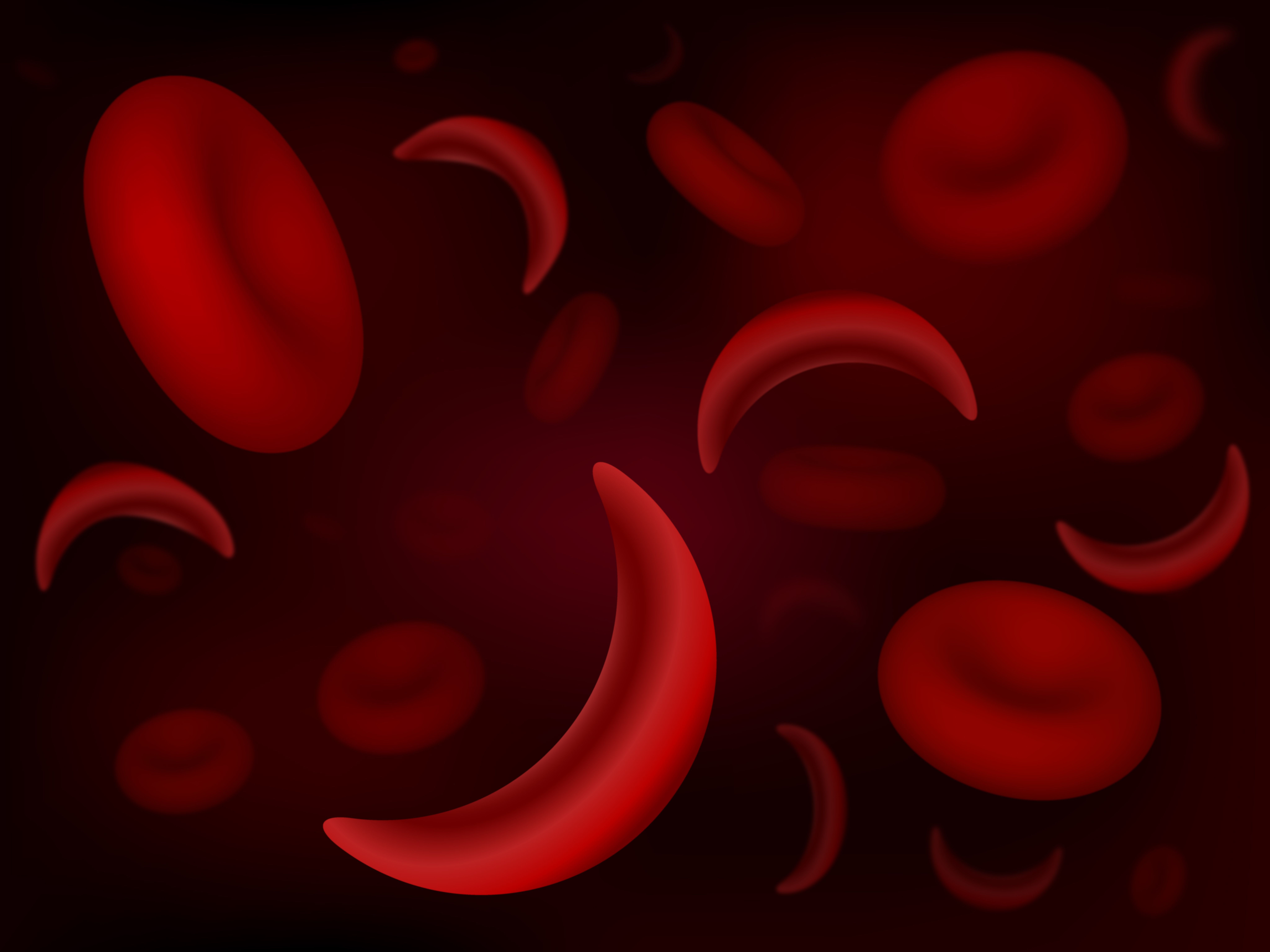- Center on Health Equity & Access
- Clinical
- Health Care Cost
- Health Care Delivery
- Insurance
- Policy
- Technology
- Value-Based Care
Children Hospitalized for Sickle Cell Anemia More Commonly Have AKI
Acute kidney injury (AKI) was found to be common in children aged 17 years and younger who were hospitalized for sickle cell anemia.
Sickle cell anemia and acute kidney injury (AKI) were found to have an association, as children hospitalized for sickle cell anemia (SCA) more commonly had AKI, according to a study published in Acta Pædiatrica.
SCA is the most severe form of sickle cell disease, which has an estimated prevalence of 7.74 million people globally. Children with sickle cell disease are more vulnerable to AKI, due to repeated reperfusion injury, chronic hemolysis, and recurrent infections. This study aimed to assess the prevalence and risk factors for AKI in children with SCA who were hospitalized for acute illnesses.
Sickle-cell and normal red blood cells | Image credit: extender_01 - stock.adobe.com

The study took place at Lagos University Teaching Hospital in Nigeria from February to July 2019. Children aged 6 months to 17 years with SCA who required hospitalization for at least 48 hours for an acute illness were involved. All participants had SCA or were diagnosed during hospitalization. Caregivers provided information through interviews, including demographics, number of hospitalizations, and receipt of blood transfusion. All participants were assessed for the cause of their illness. Blood samples were also collected.
AKI was defined as a patient having a serum creatinine increase of 0.3 mg/dL or more or a 50% increase of serum creatinine. The Face Legs, Activity, Cry, Consolability Behavioral pain assessment scale was used to collect a pain score from the children. Sepsis was defined as an organ dysfunction that was life-threatening due to infection. Information on the socioeconomic class of each participant was collected to include in the data.
There were 155 children included in this study, of which 61.9% were male and had a median (IQR) age of 7.8 (4.3-11.0) years. A fifth of the children received hydroxyurea and about 40% of the participants had been hospitalized at least once in the previous 12 months.
AKI occurred in a total of 17.4% of children, with 55.6% having stage 1, 11.1% having stage 2, and 33.3% having stage 3; 88.9% of the children with AKI had AKI when they arrived at the hospital. Similar ages were found in both children with SCA and AKI (7.7 vs 7.9 years) as well as a similar duration of illness before going to the hospital, which was 3 days for both groups.
Patients with low socioeconomic class had a higher proportion of AKI (18.5% vs 2.3%), hepatomegaly (81.5% vs 55.4%), and splenomegaly (33.3% vs 10.9%). Children with AKI more commonly had dipstick proteinuria (22.2% vs 5.4%) and hematuria (29.6% vs 3.1%). Lower hematocrit (16.9% vs 22.2%) and serum bicarbonate (16.7 vs 19.1 mmoL/L) were found in children with AKI compared with those without AKI. Children with AKI also had a longer duration of admission (median [IQR], 7 [4-12] vs 4 [3-6]) compared with those without AKI.
There were some limitations to this study. Serum creatinine determination was only limited to the first 48 hours, which could have underestimated AKI. Underlying chronic kidney disease could not be determined due to study design. Urine microscopy was not performed. The association between the use of non-steroidal anti-inflammatory drugs and AKI could not be determined. There was also a small amount of AKI events that could have biased the results.
The researchers concluded that AKI is common in children with SCA at the time of hospitalization for acute illness.
Reference
Joacquim AO, Akinsete AM, Esezobor CI. Acute kidney injury is more common in hospitalized children with sickle cell anaemia in Africa. Acta Paediatr. Published online November 3, 2023. doi:10.1111/apa.17025
First Subcutaneous Prophylaxis for Hemophilia A and B With Inhibitors Approved by FDA
December 23rd 2024The approval of concizumab-mtci (Alhemo) injection marks a significant milestone in managing hemophilia A and B with inhibitors by preventing or reducing bleeding episodes in adults and children 12 years and older.
Read More
